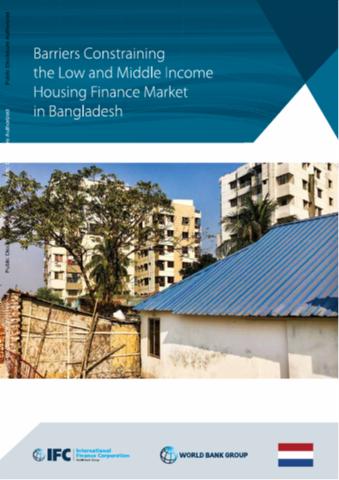Integrating the spatial proximity effect into the assessment of changes in ecosystem services for biodiversity conservation
The assessment of the value of ecosystem services is a valuable tool for biodiversity conservation that can facilitate better environmental policy decision-making and land management, and can help land managers develop interventions to compensate for biodiversity loss at the patch level. Previous studies have suggested that it is appropriate to assess the value of biodiversity for conservation planning by considering both the condition of the landscape and the spatial configuration of adjacent land uses that can be reflected as a proximity effect.




